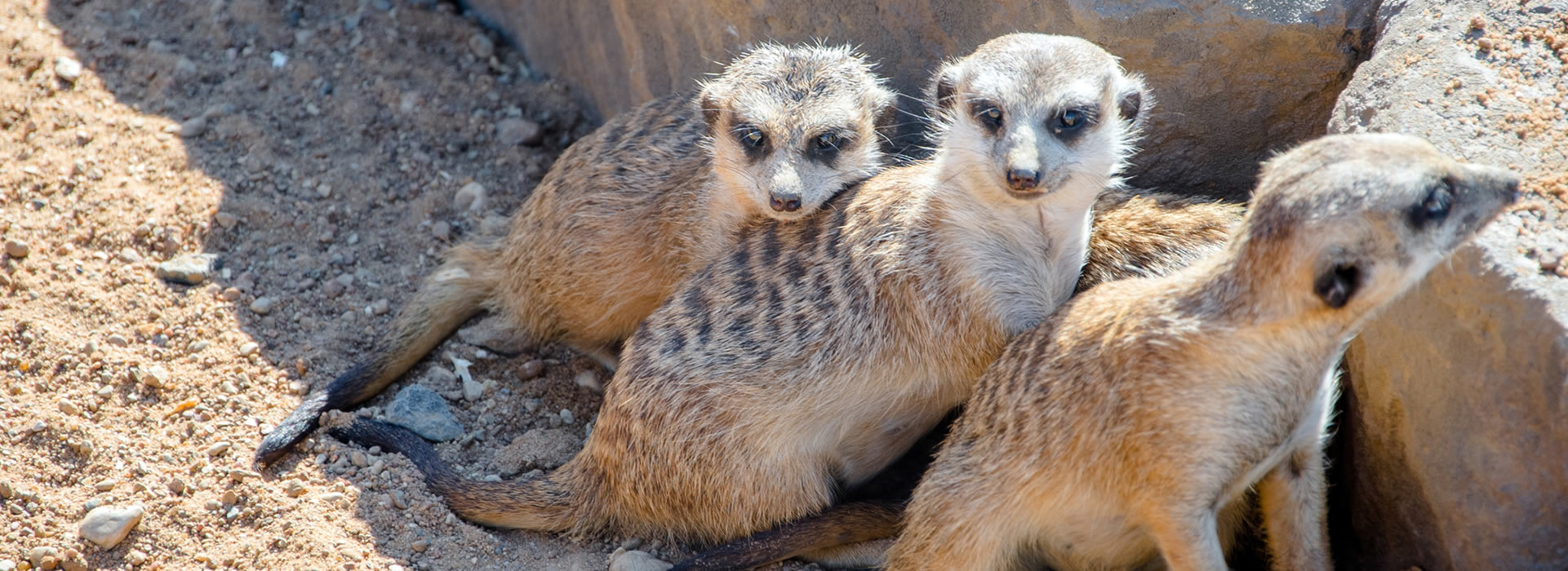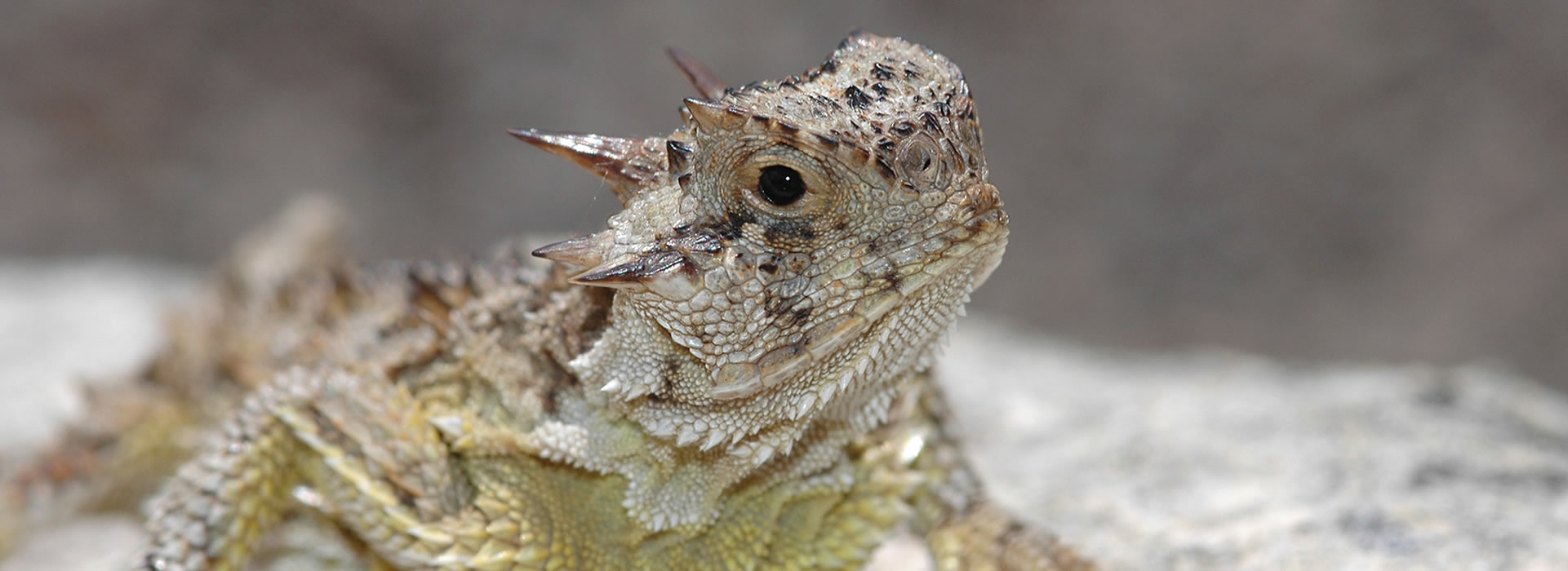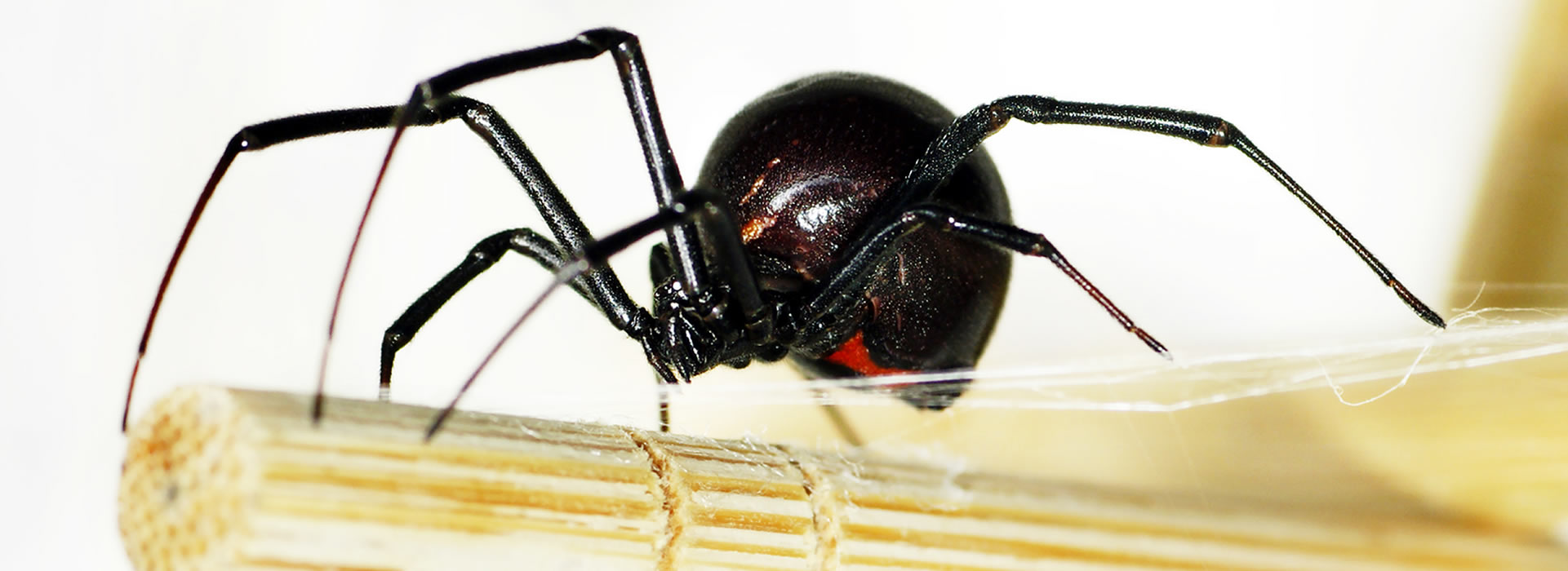About Deserts
A desert is defined as a region that receives very little rainfall. It can be hot or cold. There are various types of deserts all around the world, from the harsh elements of the Sahara desert in Africa to the deserts of the Southwestern United States.
Deserts will often be extremely hot during the day and at night the temperature will fall 40 - 50 degrees or more. The reason for this is that there is little evaporation in the atmosphere to block sunlight during the day and at night allows heat to escape easily.
Deserts around the World
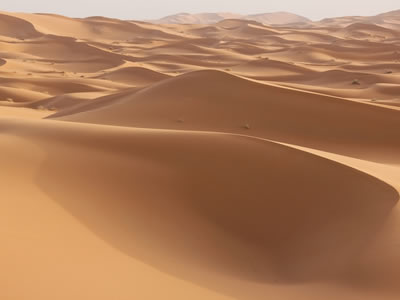
Saharan Desert
The Sahara is the world's largest hot desert, and is located in North Africa. It stretches over 3,000 miles, all the way across the northern part of the continent! Temperatures there can approach, and even exceed, a blistering 130°F (54.4°C). It can also go below freezing! Some of the animals of the Sahara include Dromedary Camels, Fennec Foxes, the Addax, Dama Gazelles and Saharan Horned Vipers.
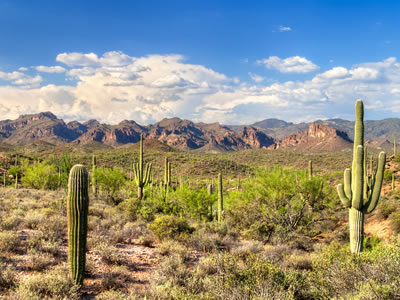
Sonoran Desert
The Sonoran is one of 4 large deserts located in the Southwestern United States. It is located in parts of California, Arizona and Northern Mexico. While it is the hottest of the deserts in the U.S., it contains much more plant life than the Sahara. The Saguaro Cactus is one such example. Animals that can be found in the Sonoran include the Sonoran Desert Toad, the Desert Bighorn Sheep, the Cactus Wren, the Pronghorn Antelope and the Western Diamondback Rattlesnake.
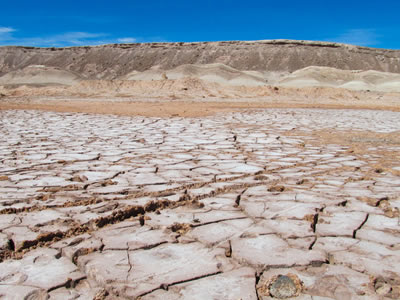
Atacama Desert
The Atacama is located in various parts of Chile, a long narrow country in South America that borders the Pacific Ocean. The Atacama receives very, very little rain, and is described as the driest place on Earth. Some areas of the Atacama have not had any recorded rain in hundreds of years! Plant and animal life in the Atacama are extremely scarce. Even bacteria my struggle to survive in some areas due to the scarcity of water. The only human inhabitation found here are in areas near oases.
Life in the Desert
The animals that live in the desert usually have special adaptations that allow them to survive the extreme temperatures and conditions that are present in a desert. A good example of an animal with special adaptations is the camel. A camel can drink very large amounts of water in one day or survive for a relatively long time without drinking any water.
Some animals of the desert are also endangered, including the Lappet-Faced Vulture, which is categorized as vulnerable. The World Conservation Union, or IUCN, has a website which details the endangered status of many animals at www.iucnredlist.org.

